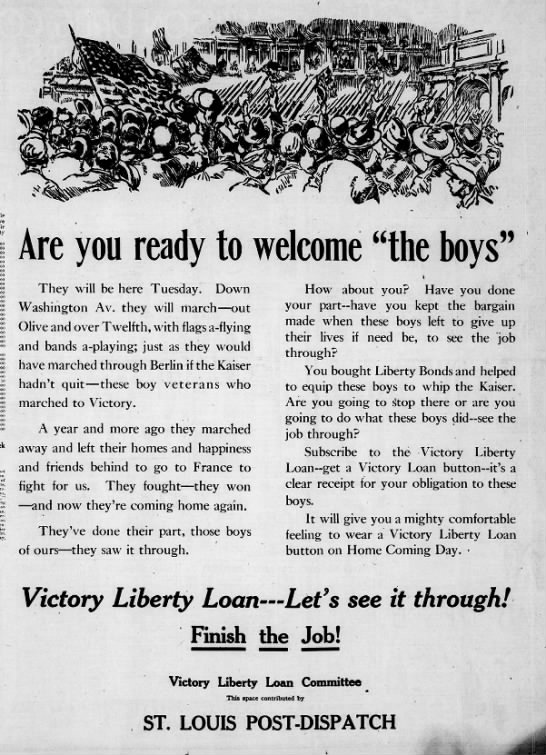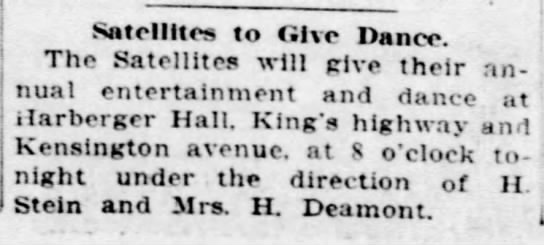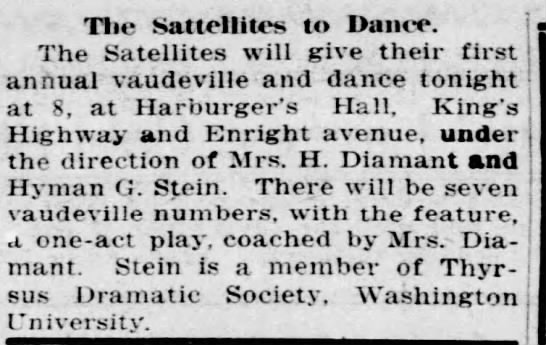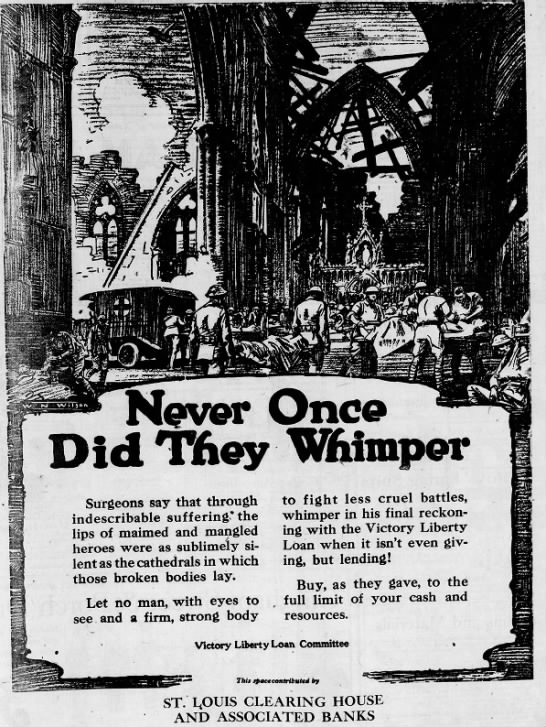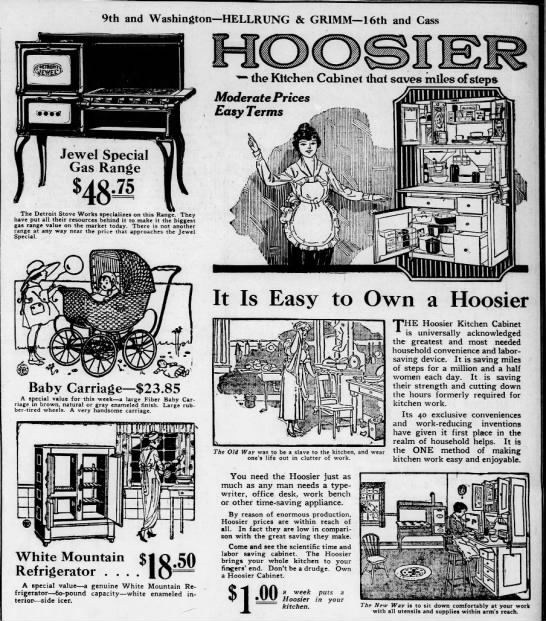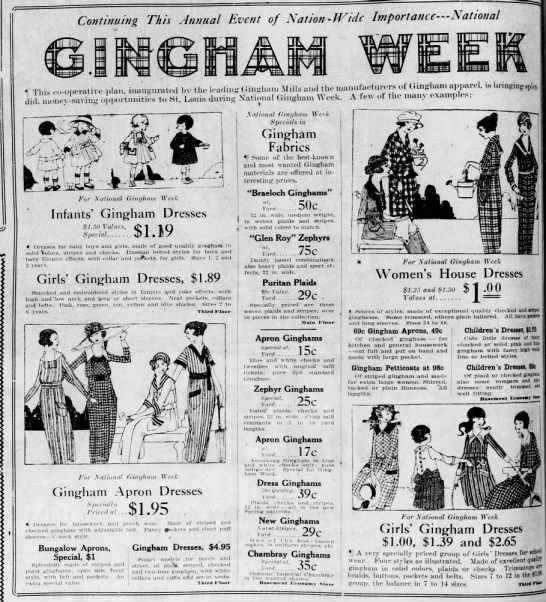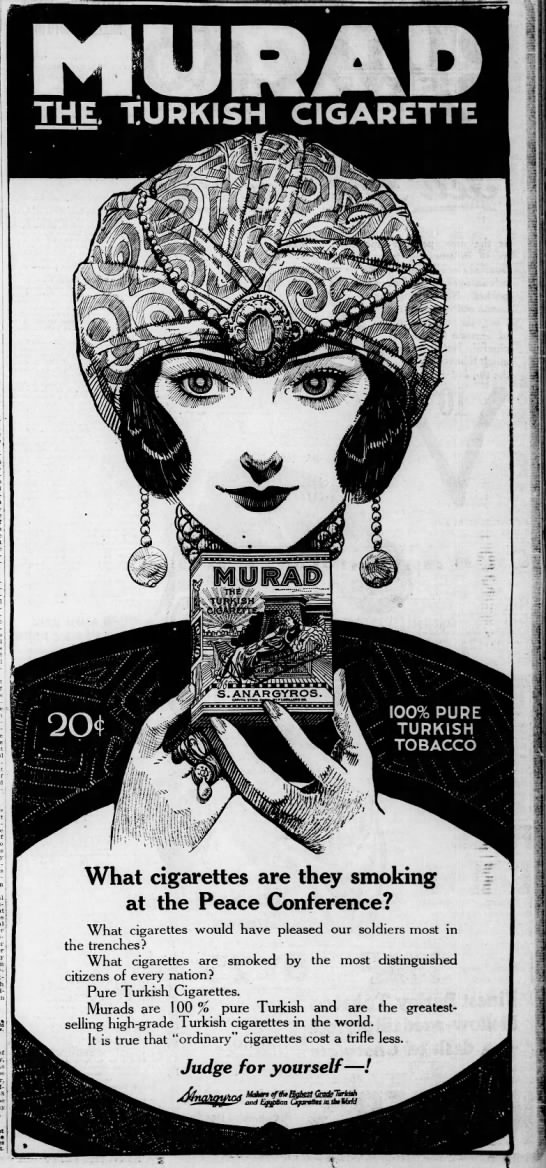This begins my weekly excerpts from the 1919 diary of Helen Korngold, transcribed to the best of my ability, with notes on the people and places mentioned.
 |
| Helen Korngold, December 1919, New York City |
January
Wednesday 1
Rise 11:30 A.M.! Oh, such a spiffy time last night. A regular N.Y. Eve. All dolled up in satin clown suit. E.E. proposed—tough luck! Fellows came at 3 AM. Today- Sam, Dewey, Morris & Summer Shapiro, Dewey’s Bostonian friend called. We had lots of fun. All good fellows. I’m sleepy—too much champagne!
Thursday 2
Everybody raved about New Years. So did I. Had good reason to. Classes as usual. Home-Exciting-Handkerchiefs from Ida & army pillow top from Julius K. It’s a beaut. That boy is really thoughtful. I’m so tired! Dewey left for K. C. today—bye-bye. Dewey dear, I don’t expect to see you again. Letter from Herbert in France.
Friday 3
Class—Profs laying it on thick. We should worry. Basketball. Home. That E.E. called up three times. That’s good exercise for him! Going out with him Sun.
Saturday 4
School—taking it easy - Nothing exciting. Summer came over. He’s all fussed about Dewey. Summer seems to be rather fine. Dewey certainly caused a sensation—beat it with $20 gloves & overcoat. I should worry. He was the best company I ever had. Dewey Pierre Flambert! A real hero of war.
Sunday 5
Clean up. Read. Dinner. Rest—bathe—dress. Ernst E. & I go to Syria—then to Cicardi. That fellow knows too many people. Had a regular feast—home in a taxi—pretty soft. Proposal No. 2. To bed at 1:30 P.M. Rested well!
*****
Notes:
January 1
Ernst F. Ellenberg (born March 1893) appears on the January 17, 1920, St. Louis Census living with his wife Hazel B. and father-in-law Harry Freed, a merchant. 'EE' was employed as a traveling salesman in ladies wear. A marriage certificate shows Ernest F. Ellenberg married Hazel B. Cohen on December 4, 1919. Hazel was 28 years old at the time of her marriage. Harry Freed must be Hazel’s step father.
His WWI Draft Card shows he was married, a ranch manager in “food stuffs”, and working for Paul Ellenberger & McScharff Co. He was of medium build and height with light gray eyes and dark auburn hair. He was claiming ‘physical disability’ but the claim was later withdrawn. Both are in perpetual memory at Congregational Temple Israel in St. Louis October 3-9. The 1910 St. Louis Census shows Paul Ellenberg, age 55, wife Hattie, age 43, and son Ernst, age 7. None were employed. The 1900 St. Louis Census shows Paul, born 8/1854, working as a wholesale paper dealer, and living with wife Hattie, born July, 1865, son Leopold, born July, 1884, and son Ernest F., born March, 1893.
A California Death Certificate shows Ernest F. Ellenberg died on February 1, 1934, in Los Angeles.
Dewey Pierre Flambert won the Distinguished Cross and Legion of Honor. The Distinguished Cross is the second highest honor, awarded for extreme gallantry and risk of life in actual combat with the enemy force. I can find no record of his receiving the French Legion of Honor. Born Jan 1, 1898, in New York City, Dewey was living in Montreal, Quebec when he enlisted in the Canadian service on September 26, 1917. His occupation was given as “reporter”. On March 15, 1920, he was listed on the U.S. census as a Private First Class in the U. S. Army General Hospital in Colorado.
Several Morris Blocks turn up in the St Louis Directories of this time period, including 1913 listings for a a family running Chipman Drug Co. on Delmar Blvd and a Morris Block in gent’s furnishings. Others are listed as salesmen or tailors. Several Blocks were Elks Club members, including Ernest, Jacob and A.G. Block. A Morris Block was buried on Sept 6, 1919, in the Mt Sinai, St Louis Cemetery.
Helen attends many Elks activities. The Benevolent and Protective Order of Elks was founded in 1868 as a drinking club before it expanded into a fraternal service organization. St. Louis had Lodge No. 9, Oriental Lodge No. 976 and Lodge No. 527.
Summer Shapiro’s WWI draft card shows him living in Boston and attending Boston University. His home address was with his mother, Mrs. William (Florence Silverman) Shapiro, in Suffolk MA. Summer was short and slender, with brown eyes and black hair.
He was born January 4, 1899, and died on June 20, 1989. The Boston, MA census of 1900 shows William was an insurance agent, born in Russia in 1873 and wife Florence was born in Massachusetts in 1874 of Russian born parents. Their daughter Ruth was born in 1895. The 1920 census shows Summer was a student who worked in a cotton house and that William was a Real Estate broker born in Poland. The St. Louis Dispatch includes a marriage license application by Summer Shapiro on Feb 16, 1945, he was living at 4497 Pershing. It appears his fiance was Mr. Esther Susman.
Several Shapiros were enrolled in Washington University, including Samuel who was in the class of 1916 and has several family trees on ancestry.com. But I do not find a connection to Summer in these trees.
January 2
Julius Koloditsy’s (sometimes Helen refers to him as Jewell) WWI draft card shows he was born in Russia on July 4, 1892, and was of medium height and slender build with black hair and dark brown eyes. His records show he was a Private First Class who served from Sept. 15, 1918, to February 6, 1919.
He was naturalized in 1916. He was living in the Bronx, New York City and worked as a salesman.
On February 9 Helen writes that he was discharged from the service. His naturalization papers showed he was 118 lbs, a salesman, emigrated from Brest-Litofsk, Russia on the S.S. Lapland arriving in 1911. The 1915 New York State census shows him in a boarding house, age 22, working as a clerk. In 1910 he is living with Moses Kocin and family, listed as ‘cousin.’ He was age 27 and a clerk in a hardware store.
He sent Helen an Army 'folder' on February 10; Helen writes it was from “J. Koloditsky of Ashville, N.C.” Pillow tops, or pillow covers, were common gifts during WWI.
January 5
Syria -A St Louis club
Cicardi’s Restaurant and summer garden; their ad in the 1913 St. Louis Gould’s Blue Book reads, “We cater only to the very best – Italian & French cuisine – Ladies Afternoon Tea Room, card parties, etc.” They were located at Delmar and Euclid in St. Louis. The sorority Pan-Hellenic banquet was held there Dec. 4, 1915. The owner was Augustin J. Cicardi who parents immigrated from Italy in 1857 and ran a grocery. A.J. first established a tavern then added a dining room and garden. He tried to revitalize St. Louis nightlife in the 1920s but his enterprise failed. In later life, he operated small restaurants then a wholesale liquor business.


